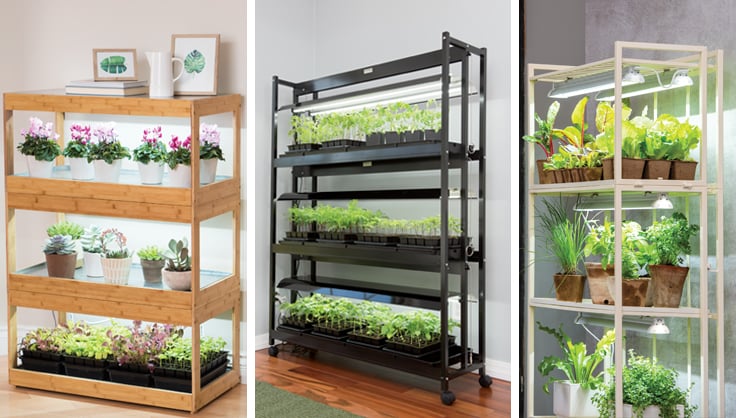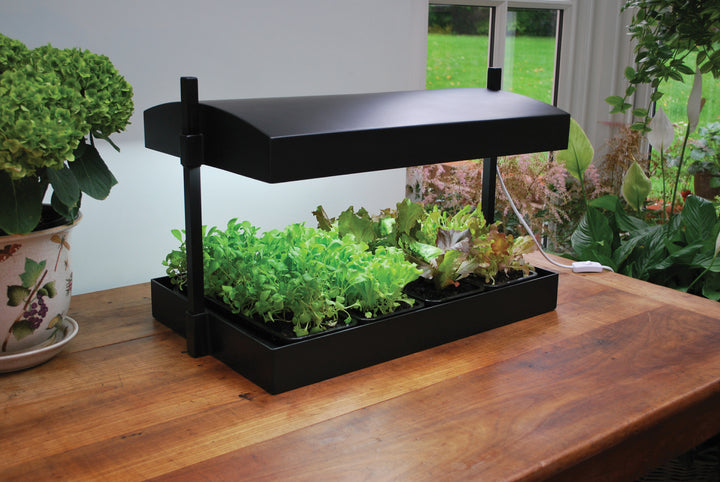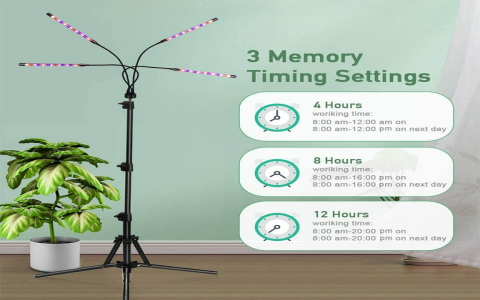Okay, so, I’ve been wanting to get more into indoor gardening lately. You know, bring some green into the house, grow some herbs, maybe even some veggies. But the problem is, my place doesn’t get a ton of natural light. So, I started looking into grow lights, and let me tell you, it’s a whole world out there!
At first, I was just gonna grab a couple of those cheap clip-on lights, but then I realized that if I really wanted my plants to thrive, I needed something a bit more serious. That’s when I stumbled upon these grow light plant stands. Basically, they’re like shelves or stands that have grow lights built right in. Genius, right?

I spent a good chunk of time researching different options. There are so many out there! Some are made of metal, some are bamboo, some have fancy LED lights, others use fluorescent bulbs. It was a bit overwhelming, to be honest. I read tons of reviews, watched a bunch of videos, and finally decided to go with a medium-sized bamboo stand with LED lights. I liked the look of the bamboo, it felt more natural and less industrial, and the LED lights are supposed to be more energy-efficient and longer-lasting.
When it arrived, I was so excited to get it set up. I put the stand together. I’ve got to say that, I chose a stand that was easy to assemble.
- First, I laid out all the parts and checked the instructions.
- Then, I started attaching the legs to the shelves, using the screws and tools that came with it.
- Finally, I installed the LED light bars to the underside of the shelves.
After that, I spent some time figuring out the best placement for the stand. I wanted it to be in a spot where it wouldn’t be in the way, but also where it could get a little bit of natural light if possible. Once I found the perfect spot, I started moving my plants onto the shelves. I’ve got a mix of herbs, like basil and mint, and some leafy greens, like lettuce and spinach. I also put a few of my houseplants on there, just to see how they’d do.
Now, here’s the cool part: these LED lights have different settings. You can adjust the brightness and even the color spectrum, depending on what your plants need. I’m still experimenting with that, but it’s pretty neat to see how the plants respond to different light conditions. Also, I set a timer for the lights. Most plants need at least 12-16 hours of light per day, especially when you’re growing them indoors. So, I got a simple timer and set it to turn the lights on in the morning and off at night.
Honestly, I’m really happy with how it’s all turned out. My plants are looking so much healthier and happier, and I’m already starting to see some new growth. It’s also just really nice to have this little green oasis in my home. It’s like a little piece of nature, even though I’m inside.
If you’re thinking about getting into indoor gardening, I definitely recommend checking out grow light plant stands. It’s worth investing a little bit more to get a good quality one. Trust me, your plants will thank you for it! And hey, it’s not just about the plants. Having a bit of greenery around can really brighten up your space and your mood.
My Tips
- Don’t be afraid to experiment. Try different light settings and see what works best for your plants.
- Keep an eye on your plants. Make sure they’re getting enough water and nutrients.
- Most importantly: have fun with it!
Indoor gardening is a great hobby, and with the right setup, you can grow all sorts of amazing things, even if you don’t have a lot of natural light.






















